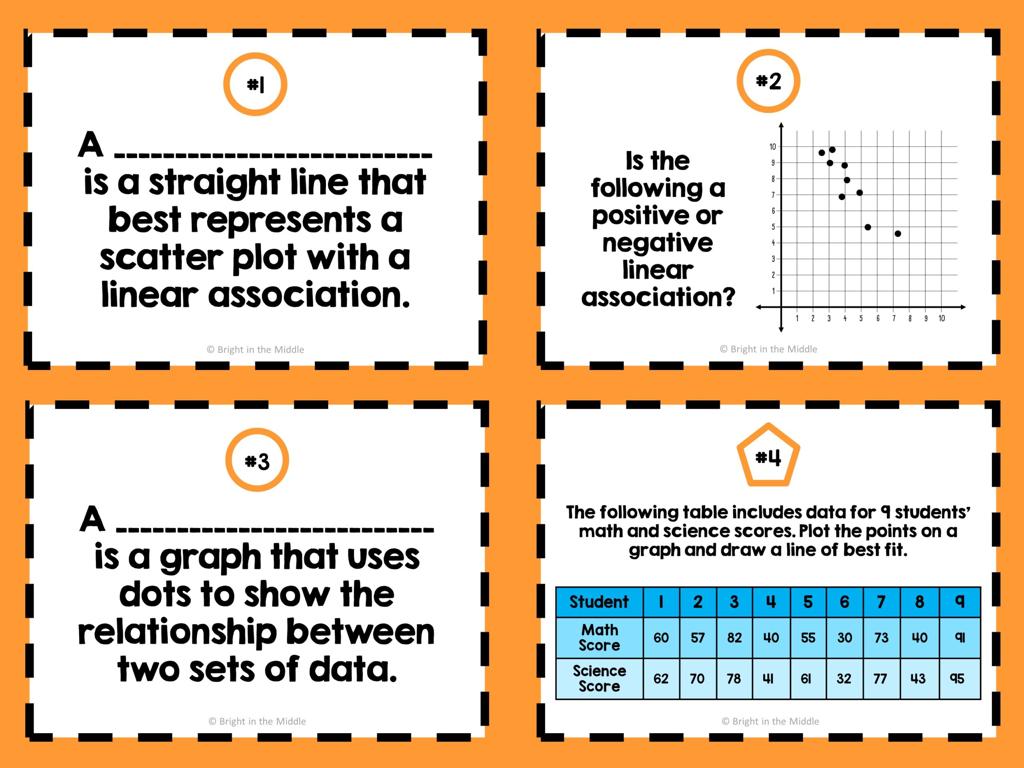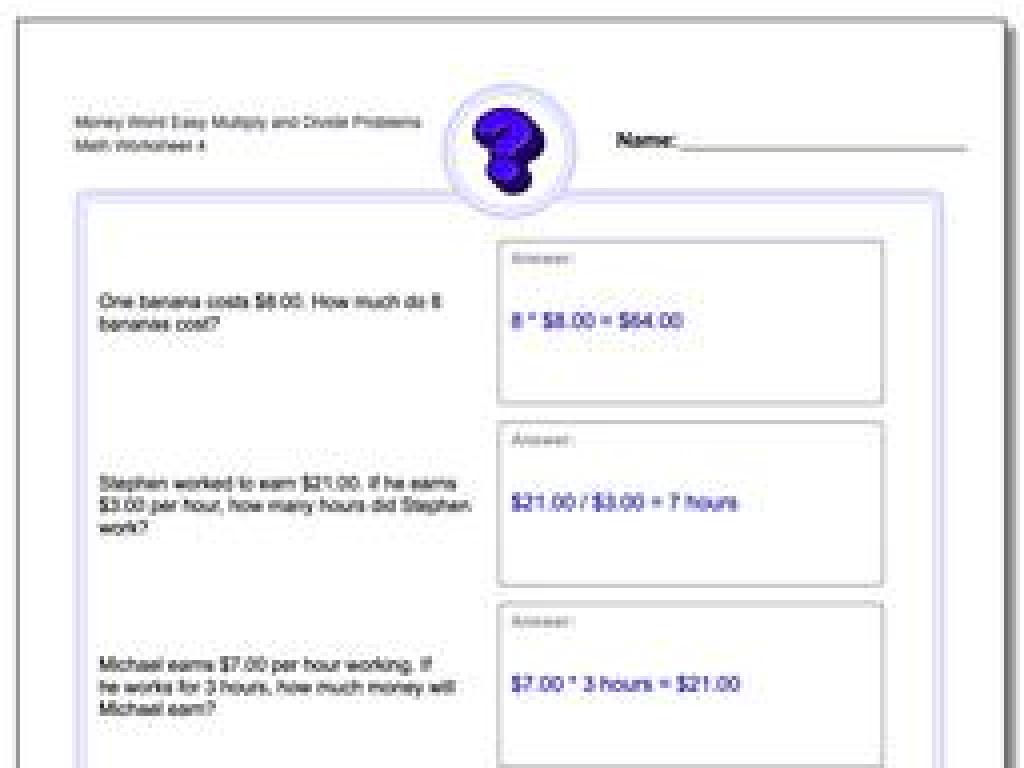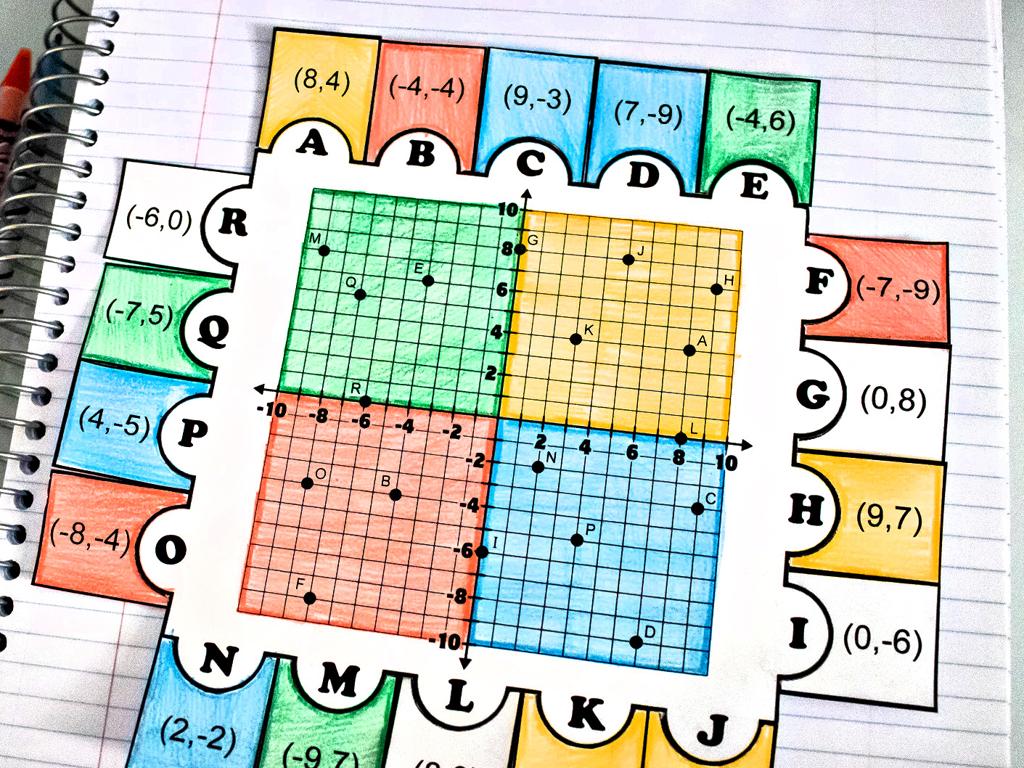Identify Laboratory Tools
Subject: Science
Grade: Seventh grade
Topic: Science Practices And Tools
Please LOG IN to download the presentation. Access is available to registered users only.
View More Content
Today’s Adventure: Identifying Laboratory Tools
– Explore various lab tools
– Learn the function of each tool
– Beakers measure liquids; microscopes magnify small objects
– Discuss the importance of tool safety
– Safe handling prevents accidents and contamination
– Understand maintenance and care
– Clean and store tools properly after use
|
This slide introduces students to the fundamental laboratory tools they will encounter in their science experiments. Emphasize the role each tool plays in conducting experiments accurately and efficiently. Highlight the significance of safety measures to avoid mishaps and ensure precise results. Discuss the responsibility of maintaining the tools, which includes proper cleaning, storage, and care to keep them in good condition for future use. Engage students by asking them to name any lab tools they are already familiar with and their uses. This will create a foundation for understanding and respecting the laboratory environment.
Exploring the Laboratory Environment
– Define a laboratory
– A laboratory is a controlled setting for scientific research, experiments, and measurement.
– Explore types of laboratories
– Common types include clinical, research, and school labs, each with a specific purpose.
– Understand laboratories’ role
– Labs are crucial for conducting experiments safely and accurately, using specialized tools.
– Laboratories & scientific discoveries
– Many scientific breakthroughs, from medicine to physics, were made possible by lab research.
|
This slide introduces students to the concept of a laboratory and its importance in the scientific community. A laboratory is a place equipped for experimental study in a science or for testing and analysis. Broadly, laboratories can be divided into clinical labs, research labs, and school labs, among others. The role of a laboratory is pivotal in scientific discoveries as it provides a controlled environment where hypotheses can be tested, data can be collected, and accuracy can be ensured. Highlight the fact that many of the modern conveniences and medical advances we enjoy today started in a laboratory. Encourage students to think about how different types of laboratories contribute to various fields of science and technology.
Common Laboratory Tools
– Beakers and Test Tubes
– Used for measuring and holding liquids
– Microscopes
– Allow us to view tiny, microscopic objects
– Thermometers
– Essential for measuring temperature accurately
|
This slide introduces students to common laboratory tools that are essential for conducting experiments in science. Beakers and test tubes are fundamental for measuring liquid volumes and holding chemicals during reactions. Microscopes open up the world of the very small, allowing students to observe cells and microorganisms that are invisible to the naked eye. Thermometers are crucial for monitoring temperatures, which can be a key variable in many experiments. Familiarity with these tools is important for safety and accuracy in the lab. Encourage students to ask questions about how each tool is used and discuss the importance of precision in scientific measurements.
Identifying Laboratory Measuring Tools
– Graduated cylinders for liquids
– Used to measure volume with precision, marked with a scale
– Balance scales for weight
– Used to determine the mass of substances, can be digital or mechanical
– Units: milliliters and grams
– Milliliters (mL) measure liquid volume, grams (g) measure mass
– Importance of accurate measurement
|
This slide introduces students to common measuring tools used in a laboratory setting. Graduated cylinders are essential for obtaining precise measurements of liquids and are marked with a scale to indicate volume. Balance scales, which can be either digital or mechanical, are used to weigh substances accurately. Understanding the units of measure, specifically milliliters for liquid volumes and grams for mass, is crucial for conducting experiments. Emphasize the importance of accurate measurement in scientific experiments, as it ensures reliability and repeatability of results. Provide examples of experiments where precise measurements are critical, and discuss potential errors that can occur with incorrect measurements.
Safety Equipment in the Lab
– Importance of safety goggles
– Protect eyes from chemicals and debris
– Lab coats and gloves usage
– Prevent skin contact and protect clothing
– Handwashing post-experiments
– Removes contaminants, prevents spread
– Safety reinforces good science
|
This slide emphasizes the critical role of safety equipment in a laboratory setting. Safety goggles are essential for protecting the eyes from hazardous chemicals and flying debris. Lab coats and gloves act as a barrier to protect the skin and clothing from spills and splashes. Handwashing is crucial after experiments to remove any contaminants and prevent the spread of substances. It’s important to instill a culture of safety in young scientists, reinforcing that good scientific practice always includes proper safety measures. During the presentation, demonstrate the correct way to wear and use each piece of equipment and explain situations in which each would be necessary. Encourage students to ask questions about lab safety and share any prior knowledge or experiences they have.
Handling Laboratory Tools with Care
– Proper holding and transport
– Use handles, support the base, walk, don’t run
– Clean up spills immediately
– Use absorbent materials, dispose of properly
– Report any accidents
– Inform teacher, fill out accident report
– Safe storage of tools post-use
– Return tools to designated areas, check for damages
|
This slide emphasizes the importance of safety and responsibility when handling laboratory tools. Students should learn the correct way to hold and carry tools to prevent accidents. Emphasize the need for immediate action when spills occur, using appropriate materials and following the correct disposal procedures. Accidents, no matter how minor, must be reported to the teacher for proper documentation and response. Finally, tools should be stored correctly after use to maintain a safe and organized lab environment. Demonstrate each point with examples and encourage students to practice these safety measures during lab sessions.
Real-World Application of Laboratory Tools
– Scientists using tools in research
– Researchers rely on precise instruments to conduct experiments.
– Lab tools aiding medical discoveries
– Microscopes, test tubes, etc., have led to breakthroughs in medicine.
– Tech advancements from lab tools
– Innovations like MRI machines have roots in lab tool developments.
– Impact on everyday life
|
This slide aims to show students the practical importance of laboratory tools in various fields, especially in scientific research and medical advancements. Discuss how scientists use tools like microscopes, test tubes, and petri dishes to observe, measure, and experiment, leading to significant discoveries in medicine, such as vaccines and treatments for diseases. Highlight technological advancements that have been made possible through the use of laboratory tools, such as MRI machines and robotic surgery equipment. Emphasize how these tools have a direct impact on our everyday lives, improving healthcare and contributing to the tech we use daily. Encourage students to think about how these tools might evolve in the future and continue to change the world.
Lab Tool Scavenger Hunt Activity
– Find lab tools in our classroom
– Work in teams with a checklist
– Discuss each tool’s function
– What does each tool do? How does it help scientists?
– Reflect on the activity
– Share what you learned with the class.
|
This class activity is designed to familiarize students with the laboratory tools available in their classroom lab. Divide the class into small teams and provide each team with a checklist of tools to find. As they locate each tool, they should discuss and note down its function. This will help them understand the practical applications of each tool in a scientific setting. After the scavenger hunt, facilitate a class discussion where each team shares their findings and reflects on the activity. Possible tools to include on the checklist are beakers, test tubes, microscopes, thermometers, and Bunsen burners. Ensure safety guidelines are followed during the activity.
Conclusion: Laboratory Tools & Safety
– Recap of lab tools and uses
– Reviewed beakers, pipettes, and more for experiments
– Emphasize a clean, safe lab
– A tidy lab prevents accidents and contamination
– Gear up for the next adventure
– Excitement for applying our knowledge in future experiments
– Remember safety protocols
|
This slide wraps up our session on laboratory tools by summarizing the various instruments we’ve learned about, such as beakers, pipettes, microscopes, etc., and their specific uses in scientific experiments. Stress the importance of maintaining a clean and organized lab environment to prevent accidents and ensure accurate results. Encourage students to look forward to applying their new understanding in upcoming experiments, fostering a sense of excitement and curiosity. Lastly, reiterate the essential safety protocols they must always follow in the lab to protect themselves and their classmates.






